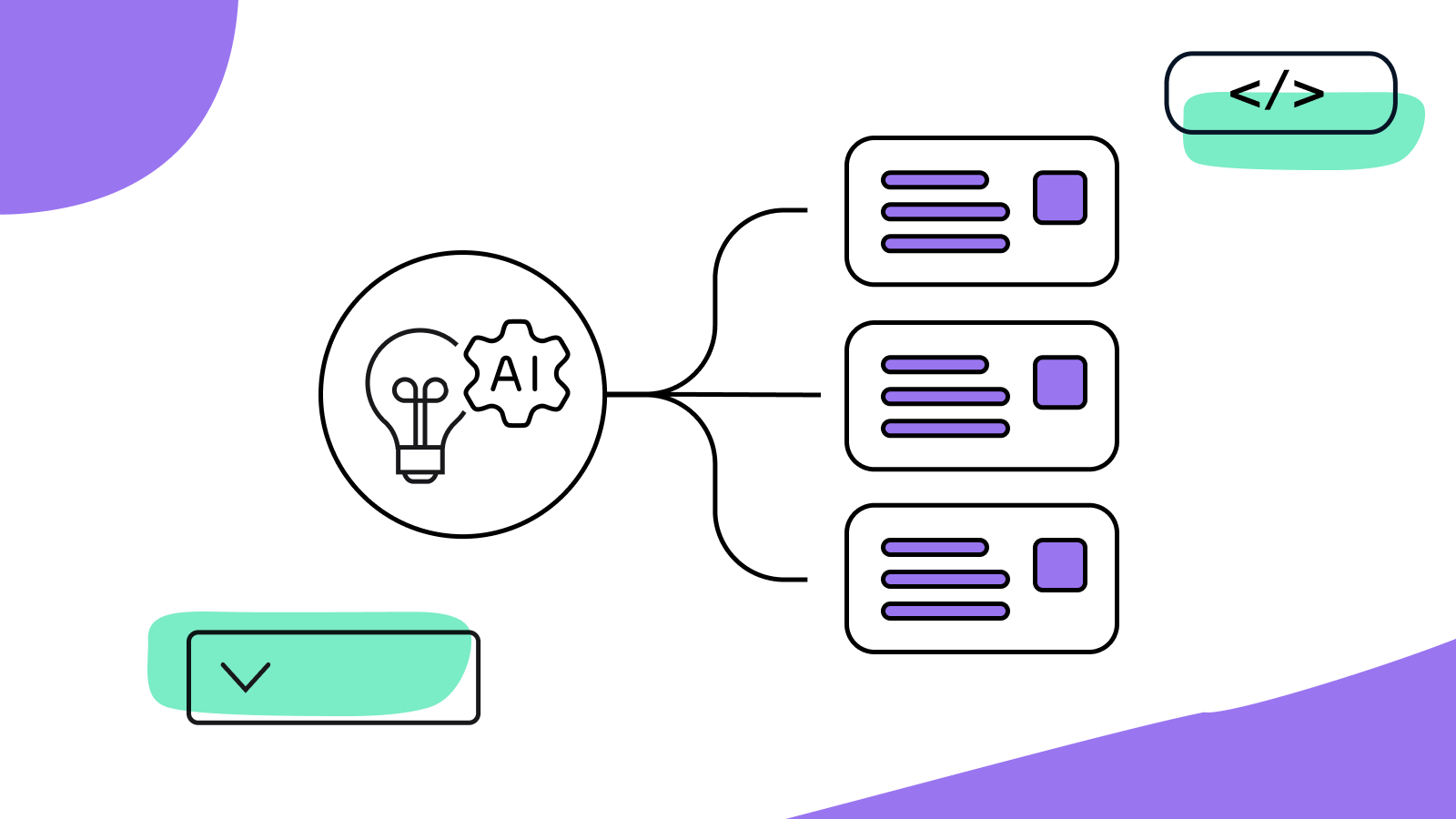We need to talk about an uncomfortable truth.
Design systems were supposed to be the answer—a new era of speed, consistency, and collaboration. But for most enterprise teams, they’ve delivered… a fraction of that. They’ve become artifacts instead of engines—semi-functional, aspirational in intent, but disappointing in practice.
This isn’t finger-pointing. It’s reality. And if we don’t call it what it is, we’ll keep pouring time, money, and energy into a system that doesn't deliver.
Let’s talk about why design systems fail—and what has to change if we want to build something that actually delivers.
Design Systems as Passion Project
Before we get into what isn’t working, let’s acknowledge the passion that has gone into building design systems. Most of them have been willed into existence by a small team of true believers—people doing the work, often without the resourcing and influence needed to build real enterprise infrastructure.
The problem isn’t passion. The problem is practicality—and priorities.
Projects lose steam. Team leads leave. Budgets get cut.
We need passionate design system leaders, but more than that, we need design systems to be treated like enterprise infrastructure—planned, staffed, and maintained like any other critical product. Otherwise, they fall apart when the passion has to compete with priorities.
The Erosion of Trust
If a button looks different in the design tool than it does in the product, trust erodes.
If documentation is outdated—or missing altogether—trust erodes.
If your tokens don’t match what’s shipped, trust erodes.
When trust erodes, so does usage. Engineers stop referencing the system. Designers fork components. PMs find workarounds.
Eventually, your “source of truth” becomes a patchwork of Slack threads and tribal memory.
A design system that isn’t trustworthy becomes a waste of time. Or worse, a liability.
You Can’t Reuse What You Can’t Find
It doesn’t matter that the design system team knows it inside and out. The system isn’t for them.
Too many product teams struggle with scattered tools, inconsistent naming, and poor search functionality. Designers can't tell which component is production-ready. Engineers aren’t sure what version is safe to use.
Humans are not patient. When an engineer or designer can’t find or trust something, they create a new version they think they can trust.
The result? Wasted time, redundant work, and a system no one actually trusts.
Without fast, reliable discovery, reuse doesn’t happen—and the design system is effectively pointless.
Product Teams Can't Afford to Wait
Here's the reality of shipping digital products: it's a race against the clock - and product teams are almost always losing. Even when they’re on track, they’re always under pressure to move faster.
Deadlines shift. Sprints pile up. Priorities change—usually mid-sprint. And half the time, they’re trying to patch together work that wasn’t scoped right in the first place. So when they turn to the design system for a component, token, or pattern and it’s not there? That’s not a speed bump. That’s a full stop.
The product team needs to ship. Now. They don’t have time to play email tag or go hunting for the one person who knows how the spacing token system was set up last quarter. They’re not being difficult—they’re trying to get their job done in a system that isn’t built to support them when it matters most.
Meanwhile, the clock is ticking.
Executives Don’t Understand What They’re Actually Investing In
On paper, design systems sound like a smart investment. Consistency, reusability, scalability—what’s not to like?
But when it’s time to allocate budget or headcount, things get fuzzy. Because the return is hard to measure—and even harder to feel.
You’re asking leadership to fund platform licenses, infrastructure, and entire teams to build a system that… saves time. Maybe a few hours a week per designer, engineer, or PM. Doesn’t sound like much—until you scale it across 1,000 people. Now you’re talking about millions in productivity gains. But if it doesn’t show up on the quarterly report, it’s a hard sell.
And that’s just what you can see.
What about the bugs that don’t make it to production because the system enforced a tested component? Or the accessibility issues that never become lawsuits? Or the brand inconsistencies that don’t confuse your customers—because every team actually built on the same foundation?
These are real, high-dollar savings. But they’re invisible. And selling “the thing that prevents bad things from happening” is a tough pitch in a boardroom built to chase growth, not guardrails.
So the system doesn’t get treated like strategic infrastructure. It becomes an operational afterthought. Something leaders like in theory—but don’t truly invest in.
We Need A New Approach
If any of this sounds familiar, you're not alone. These challenges aren’t the result of bad teams or broken intentions—they’re the byproduct of systems that were never given a chance to succeed. The goal was never the design system, the goal was always digital production at scale.
If we look at it through that lens then it becomes clear that we need to stop framing design systems as internal tools - and start treating them as infrastructure. Systems that are governed, discoverable, trustworthy, and built for the teams they serve.
In Why Modern Digital Production Needs More Than a Design System, we explore what that future looks like—and how we can finally deliver on the original promise of design systems at scale.



